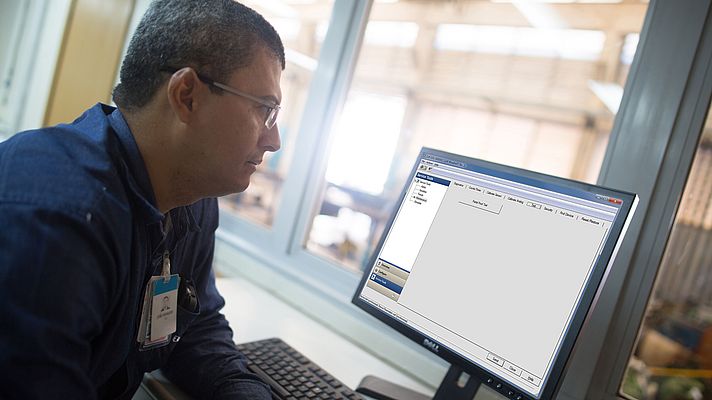
Introduction to Proof Testing
Proof testing is vital in many industries, ensuring the safety and reliability of various products and systems. This practice involves subjecting an item to stress tests beyond its average operational capacity to confirm its structural integrity and functionality. One critical method is the burst pressure test, which assesses the maximum pressure a component can withstand before failure. Such tests are crucial in environments where safety is paramount, such as aerospace, automotive, and construction.
Understanding the importance and methods of proof testing can significantly benefit industries that depend on the reliability of their equipment. For example, rigorous proof tests are essential in aerospace to avoid catastrophic failures. This comprehensive understanding helps ensure that all components meet stringent safety standards, preventing potential disasters and maintaining the integrity of the equipment.
Why Proof Testing Is Essential
Proof testing is critical for several reasons. It helps to identify potential weak points under extreme conditions, reducing the risk of failures during actual use. Weak points discovered early can be addressed before the product goes to market, saving time and resources in the long run. Moreover, it assures customers and stakeholders about the quality and dependability of the item tested. This not only ensures safety but also can enhance the reputation of the manufacturer. A robust proof testing regimen often translates to higher customer confidence and loyalty, invaluable assets in a competitive market.
Standard Methods of Proof Testing
Various methods are employed in proof testing, depending on the type of item and industry standards. Hydrostatic testing, for example, is frequently used in pipes and pressure vessels. It involves filling the vessel with water and pressurizing it to a specified level to check for leaks. This method is beneficial for testing the integrity of containers that will hold fluids under pressure.
Other techniques include load testing for lifting equipment and burst testing for hose assemblies. Each method offers different insights into the product’s reliability and limits. Load testing, for example, is crucial in the construction industry to ensure that cranes and other lifting devices can safely handle the loads they will encounter. On the other hand, Burst testing is vital for hose assemblies used in industries where fluids are transported under high pressure, such as in chemical processing and hydraulic systems.
Industry Standards and Regulations
Adherence to industry standards and regulations is paramount during proof testing. These standards provide unified guidelines that help maintain quality across the industry, ensuring every product meets minimum safety requirements.
Regulations vary across industries, necessitating a thorough understanding of the specific requirements pertinent to each sector. In the oil and gas industry, for instance, the standards for testing pipelines may differ significantly from those used in the aerospace sector. These standards provide a framework that helps maintain high levels of quality and safety across the board, ensuring that all tested products can operate safely under their intended conditions.
Choosing the Right Proof Test
Selecting the appropriate proof test involves understanding the operational environment, the nature of the product, and the applicable industry standards. Factors such as load conditions, exposure to elements, and intended use all play a part in determining the suitable proof testing method. For instance, an item subject to extreme temperature variations may need different testing than one operating in a controlled environment.
Consulting with experts and reviewing past performance data significantly assist in making the right choice for testing. Industry consultants often have access to vast amounts of historical data and can recommend the most appropriate and cost-effective testing method. In addition, collaborating with manufacturers can provide insights into any potential weaknesses, ensuring the chosen test effectively evaluates the product’s reliability.
Safety Considerations
Safety should be the foremost priority in proof testing procedures. Protective measures, thorough risk assessments, and proper equipment are vital. Ensuring personnel are well-trained and aware of the risks associated with proof testing can prevent accidents and injuries. Using protective barriers, providing adequate ventilation, and following safety protocols can significantly reduce the risks involved.
The test area’s setup should comply with safety guidelines to minimize the risk to the testers and the equipment. Regular safety audits and updating safety training can keep risk levels low. Establishing a culture of safety where every team member is encouraged to voice concerns and suggest improvements can further enhance the overall safety of the testing process.
Importance of Documentation
Maintaining meticulous records of proof testing processes and results is crucial. Documentation provides proof of compliance with industry standards and aids in future inspections and audits. Every step of the testing process should be recorded, including the initial setup, conditions during the test, and the outcomes.
This practice enhances transparency and accountability within the organization. Proper documentation ensures a clear history of testing, which can be invaluable in case of future disputes or investigations. Moreover, detailed records make identifying patterns or recurring issues easier, enabling continuous improvement in testing processes and product designs.
Future Trends in Proof Testing
The landscape of proof testing is continually evolving, with technological advancements paving the way for more efficient and accurate testing methods. Automated and AI-driven proof testing systems are becoming increasingly popular, offering enhanced precision and reduced human error. These technologies can simulate many conditions much quicker than traditional methods, providing a more comprehensive assessment of the product’s durability.
Staying abreast of these trends is essential for maintaining a competitive edge and ensuring continued compliance with industry standards. Investing in modern testing equipment and training personnel in new methodologies can yield significant long-term benefits. Companies that adopt these advanced testing methods can expect to see improvements in product reliability, customer satisfaction, and overall operational efficiency.
